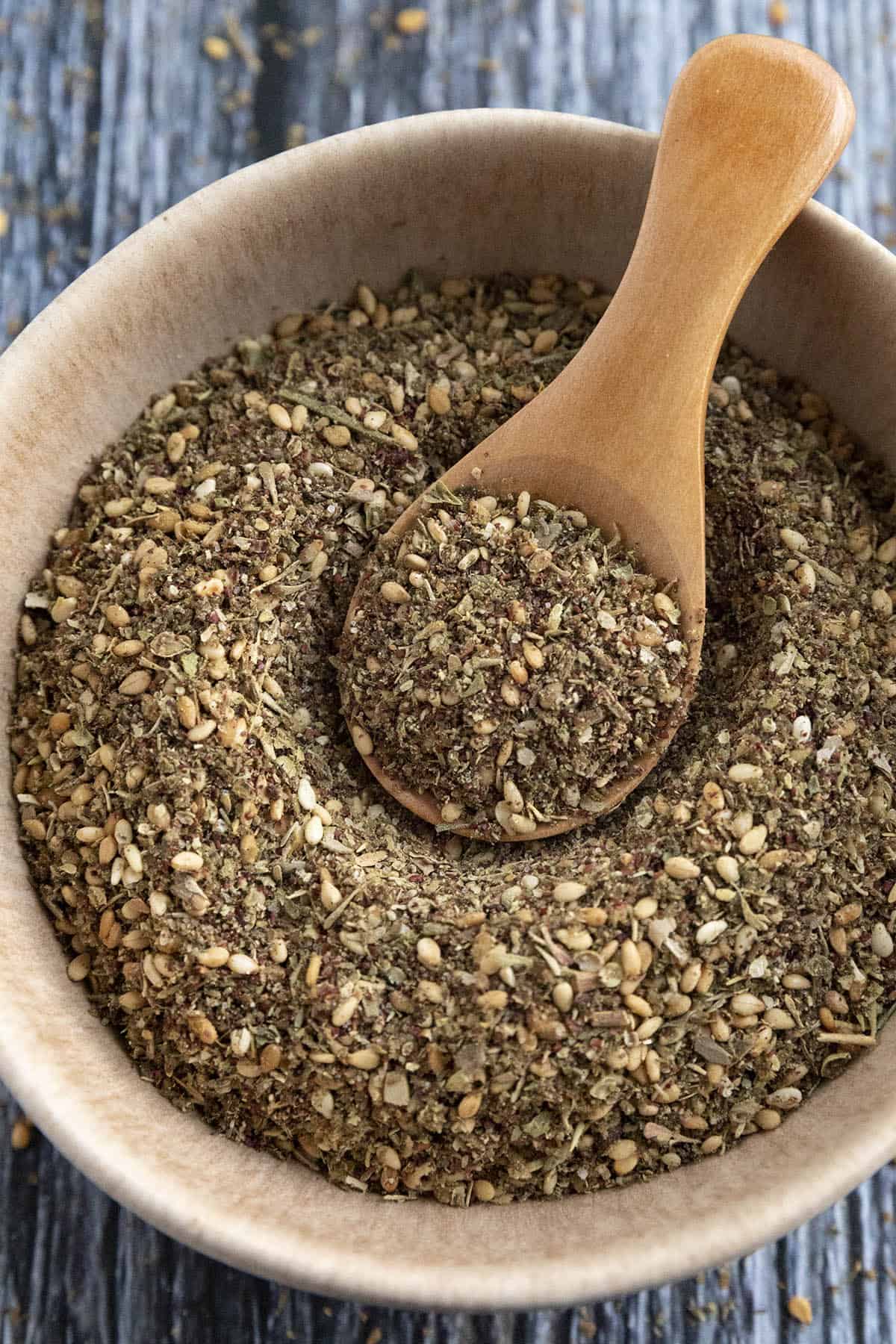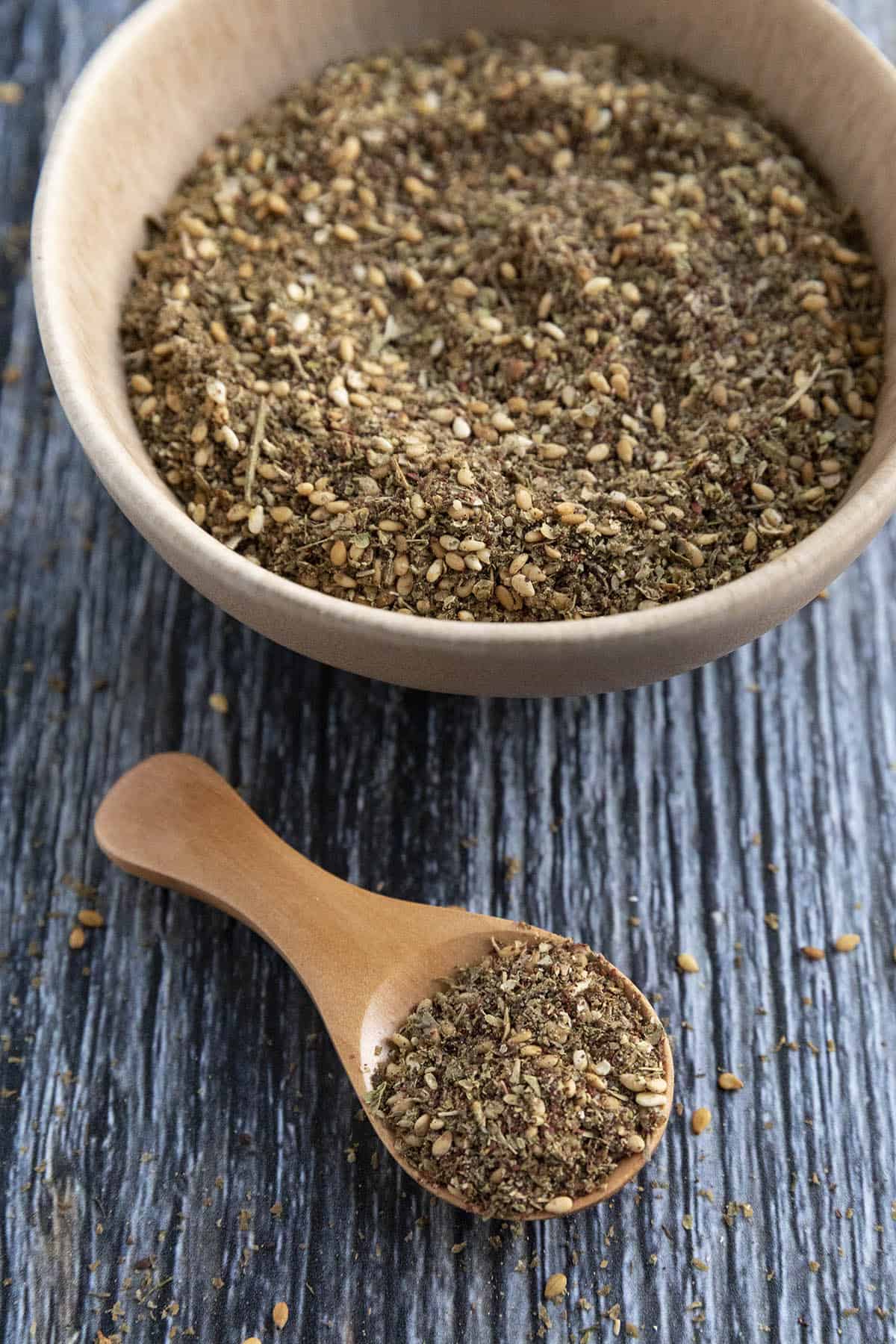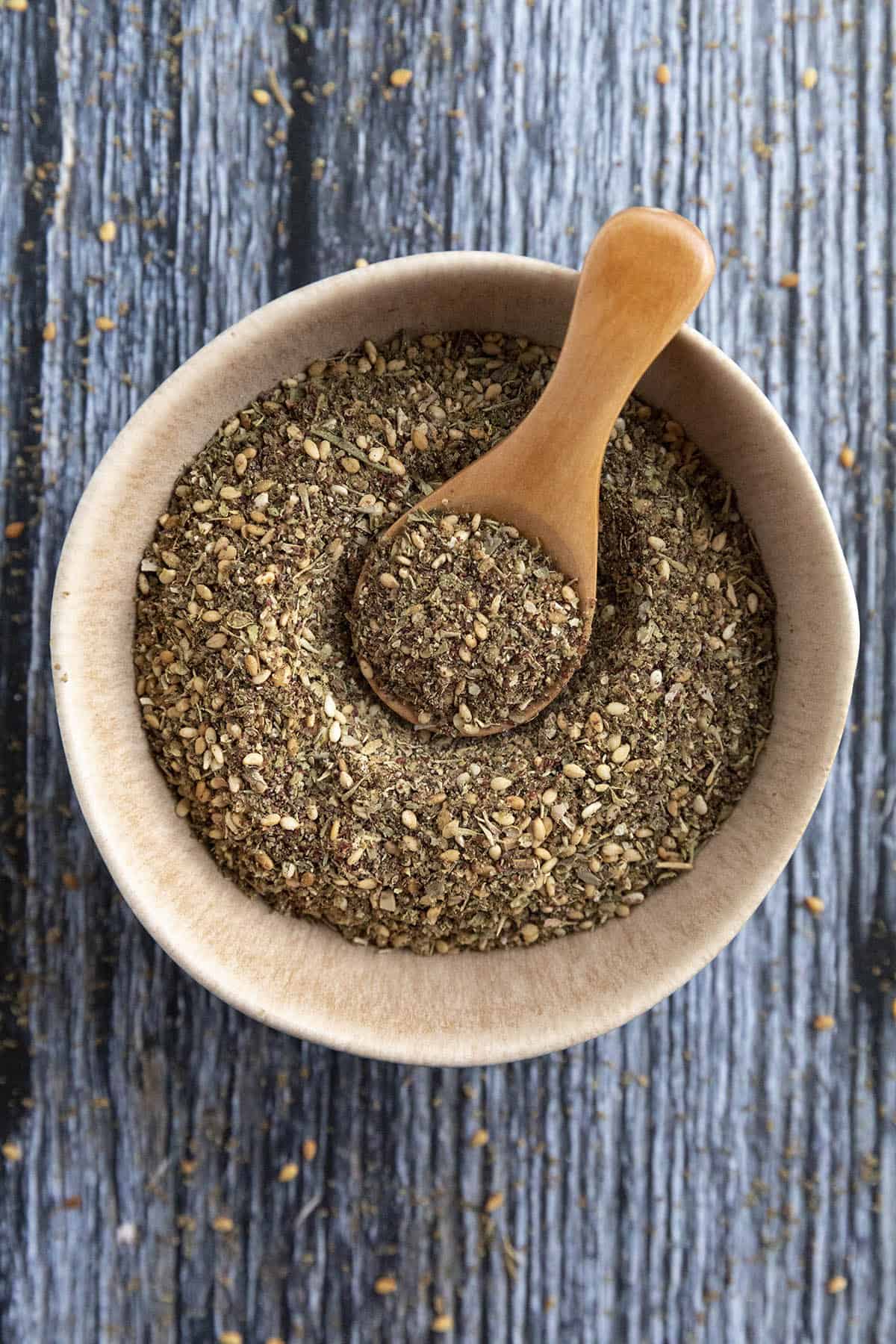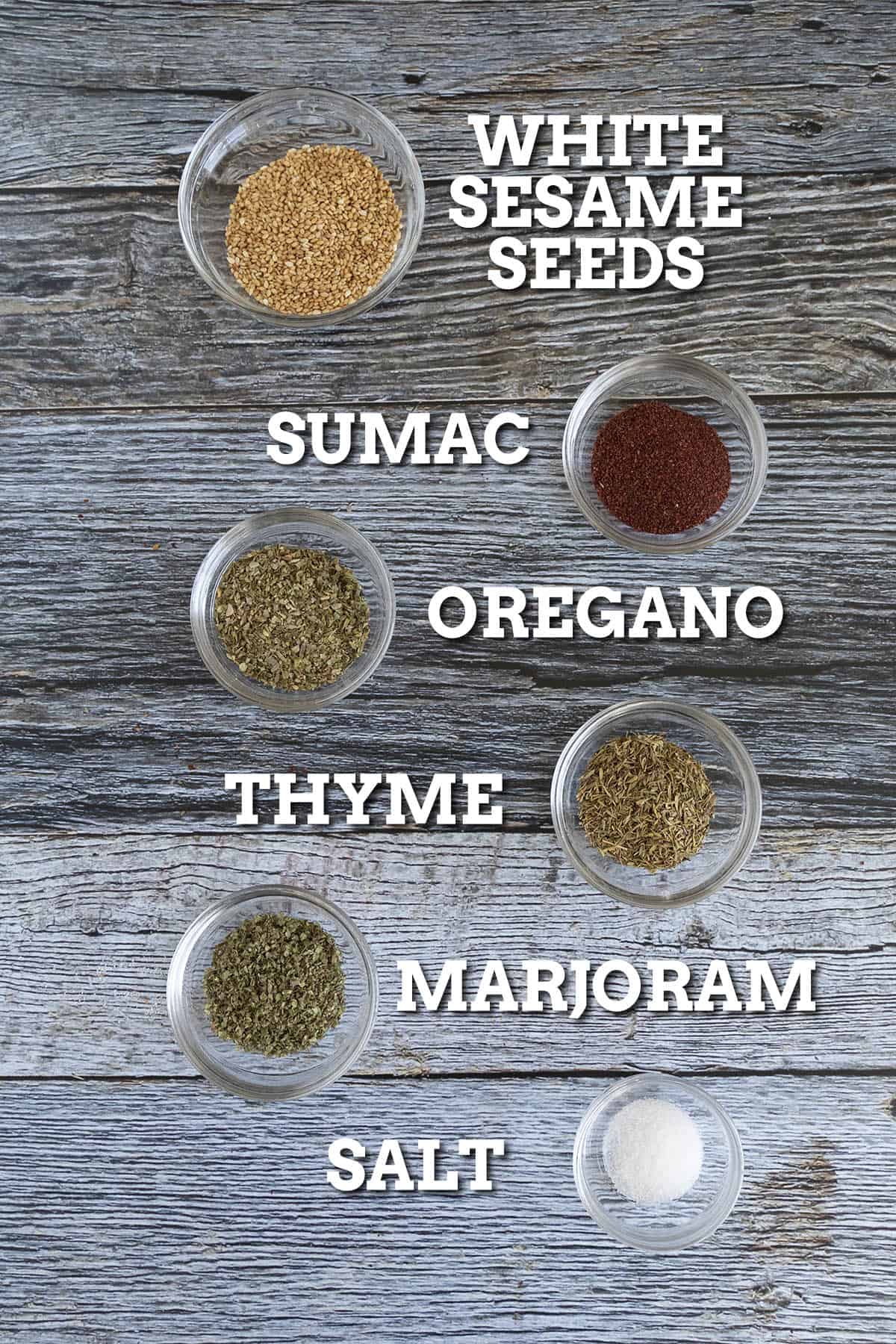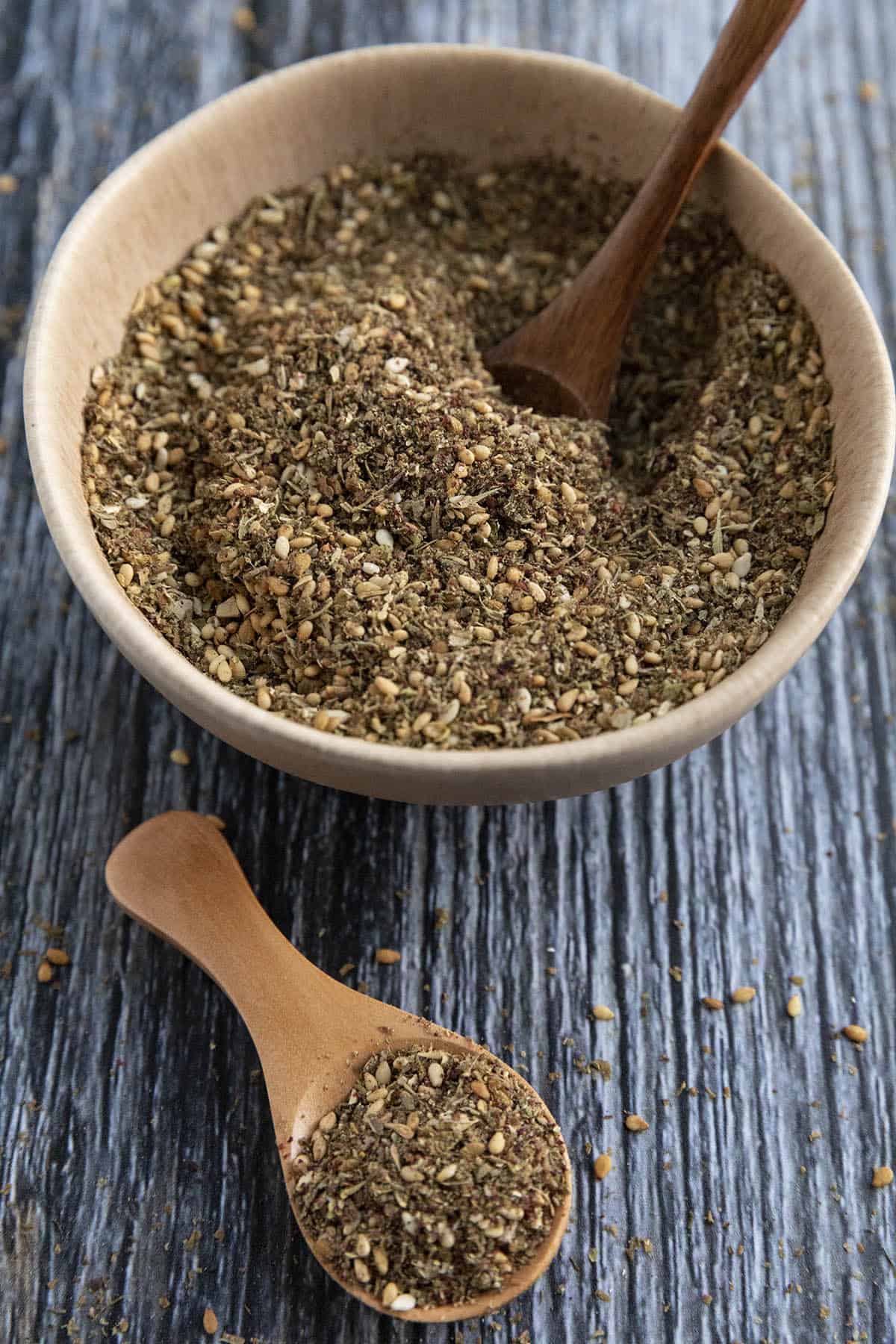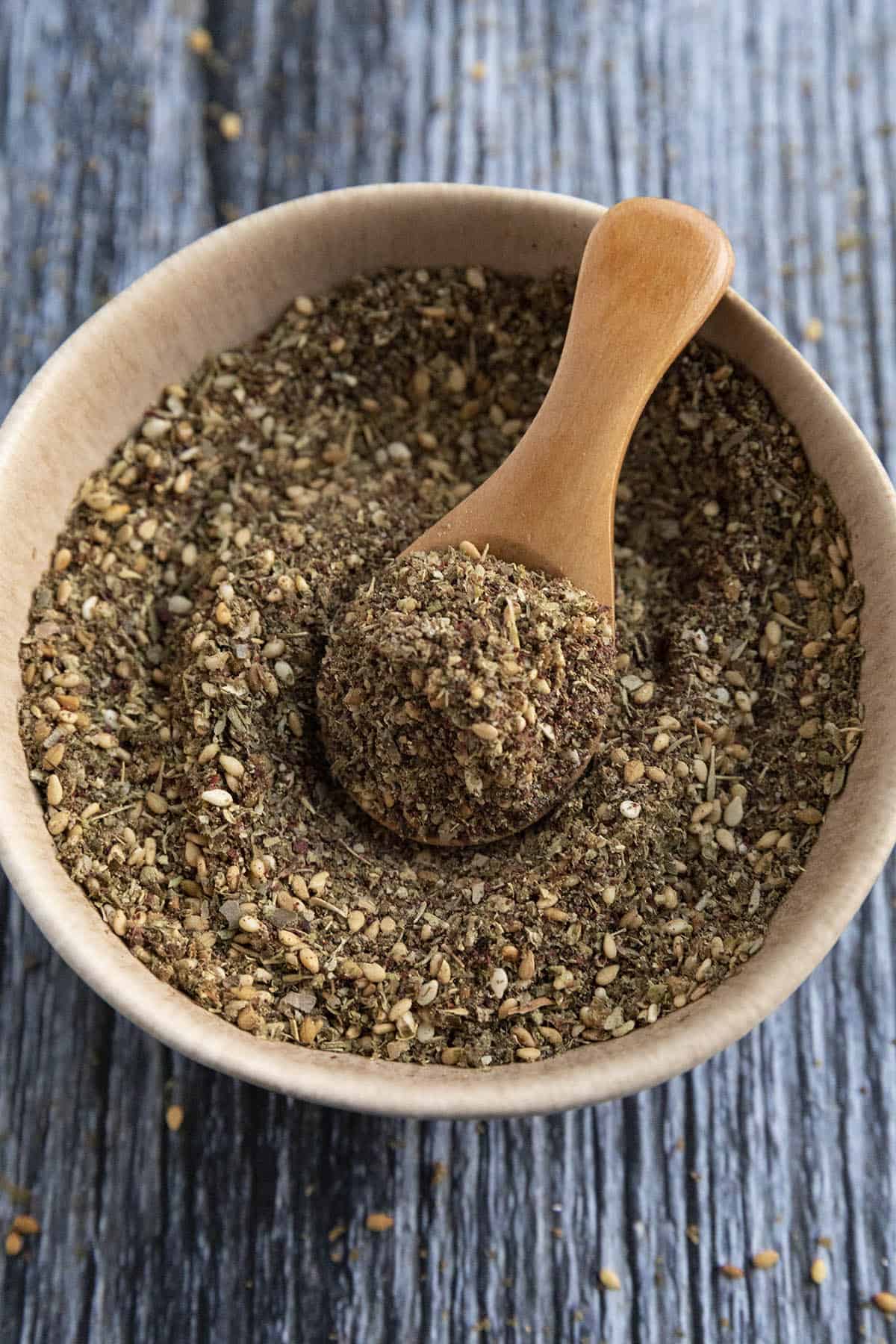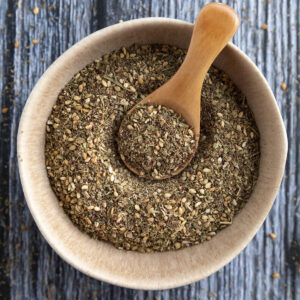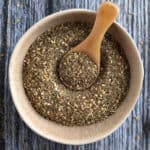How to Make Za’atar Seasoning
Za’atar seasoning is, without a doubt, at the top of the seasoning heap when it comes to Middle Eastern and Mediterranean cooking and cuisine. It is a highly esteemed spice mix, often ached for. It is said that Za’atar - also spelled as Zaa’tar, Za atar, Zaatar, and Zatar - is not just a seasoning or ingredient, but actually a symbol that shows authenticity, ethnicity, and culture all by itself. This sweet-smelling mix of dried herbs has been around for a very long time, but as Mediterranean and Middle Eastern cuisine demand rises, this striking spice blend has shown increasing interest and curiosity. Let’s talk about Za’atar.
What Can I Substitute for Za’atar?
You can often find za’atar spice in stores, but in case you cannot, here are a number of alternatives: The versatility of this spice mix is admired in various regions all over the world and is available in simple already-made mixes, all of which can vary greatly based on the region. The flavors of this spice blend can range from nutty to herbal, tangy, or salty, depending on the region and the dominant ingredient used to make it. Make Your Own Zaatar Seasoning. The best part about za’atar is that it can be made very easily for those looking for a more authentic version in which you can add your own magic. To make your own za’atar, blend identical measures of dried oregano, dried thyme, dried marjoram, ground sumac and toasted white sesame seeds in a small bowl. Don’t forget to add coarse salt. As you blend the spice mixture, you will see your brand new homemade za’atar come to life. Taste and adjust to your preference, then store in a cool, dark place. See the za’atar recipe below. Dukkah. Just like za’atar, this Egyptian spice mix has nearly the same number of varieties. Dukkah offers the crunch of sesame seeds along with rich hazelnuts. You can see the herbal element in Dukkah from dried wild thyme and mint herb and spice, the two of which are found in numerous za’atar mixes. Dukkah is available in various Middle Eastern shops, or you can even create your own mix. It is important to remember that dukkah mixes incorporate flavors such as coriander and cumin, so try to use it as a za’atar substitute only if the additional ingredients will supplement the flavors in your dish. When preparing your dish, you may need to alter the measurements to make up for the different flavors in dukkah. Use dukkah in a similar amount that you would use za’atar and adjust to your own taste. Harissa. Just like za’atar and dukkah, harissa also has many versions around North Africa and the Middle East. It can likewise come as a paste or a powder. Popular mixes will, in general, contain smoked peppers along with mint, cumin, and coriander. It is a powerful, zesty blend that can really make your recipes pop with flavor. You’ll most likely find harissa in a Middle Eastern market, but you may also find it in the ethnic area of some supermarkets. Got any questions? Contact me anytime. I’m happy to help. It is popular with grilled or roasted chicken, and I enjoy it with roasted carrots and white bean soup, or sprinkled over warmed pita bread. It is also popular when incorporated with oil and/or vinegar as a salad dressing. NOTE: This post was updated on 4/6/22 to include new information and photos. It was originally published on 5/18/19.
